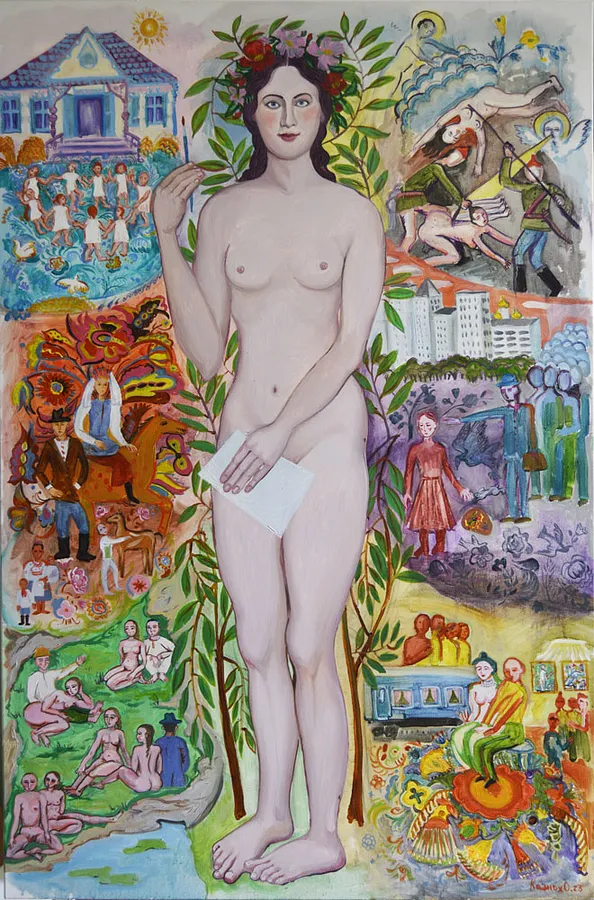
Марія Синякова з житієм (2023)
Рік
2023
Розміри
70х100
Медіум
Живопис
Тарас Шевченко міг би зробити прекрасну кар'єру художника. Він закінчив Петербурзьку Академію мистецтв. Його ангелом охоронцем була Варвара Рєпніна- Волконская - письменниця і донька генерал-губернатора Полтавщини. Варвара була закохана в Тараса.
На цьому портреті вони – подружня пара у своєму маєтку. На задньому плані майстерня художника, а на столі посуд з сільської хати часів життя Шевченка. Тарас додав нотки близького йому в свій затишний побут і заробляє своїм художнім талантом і ремеслом
